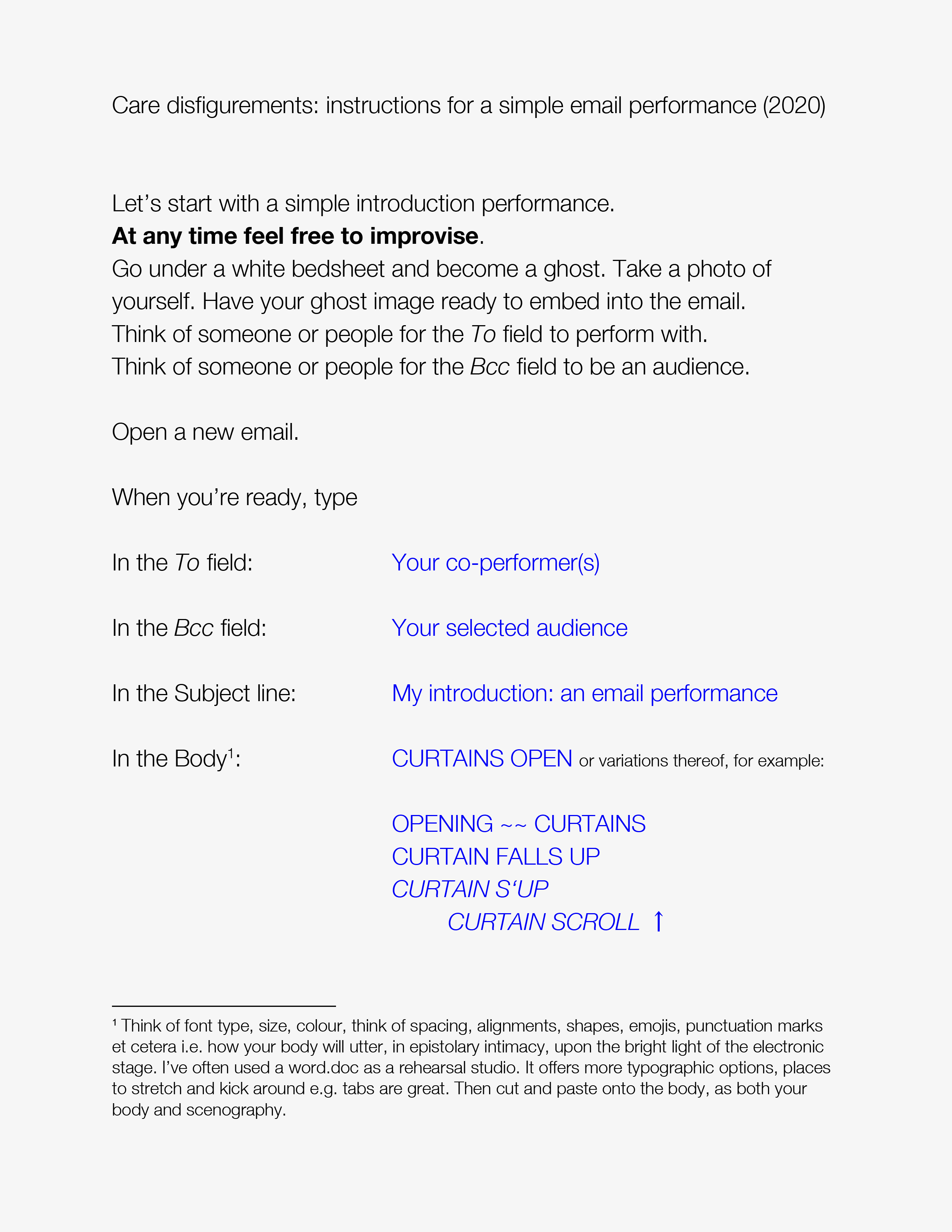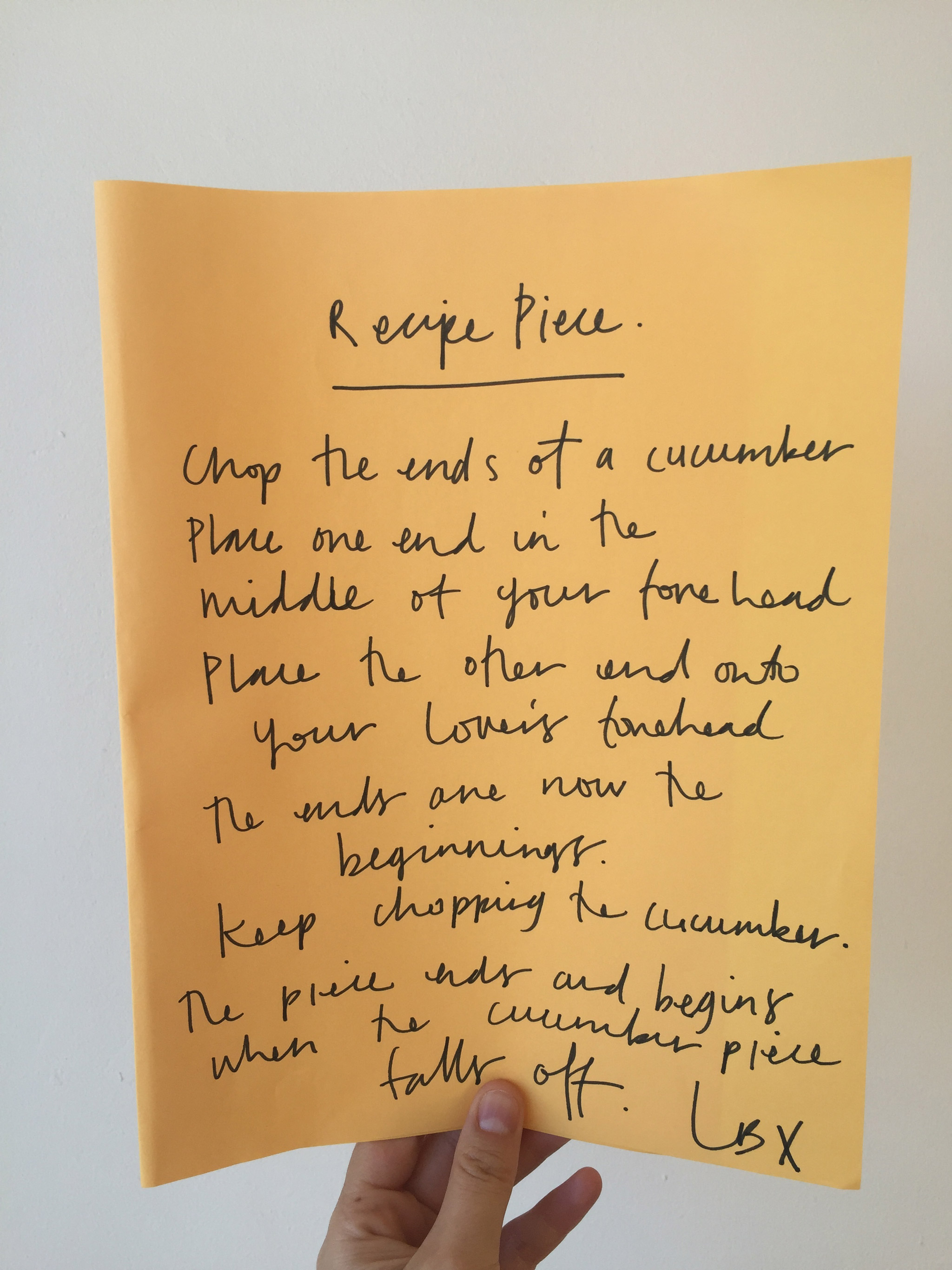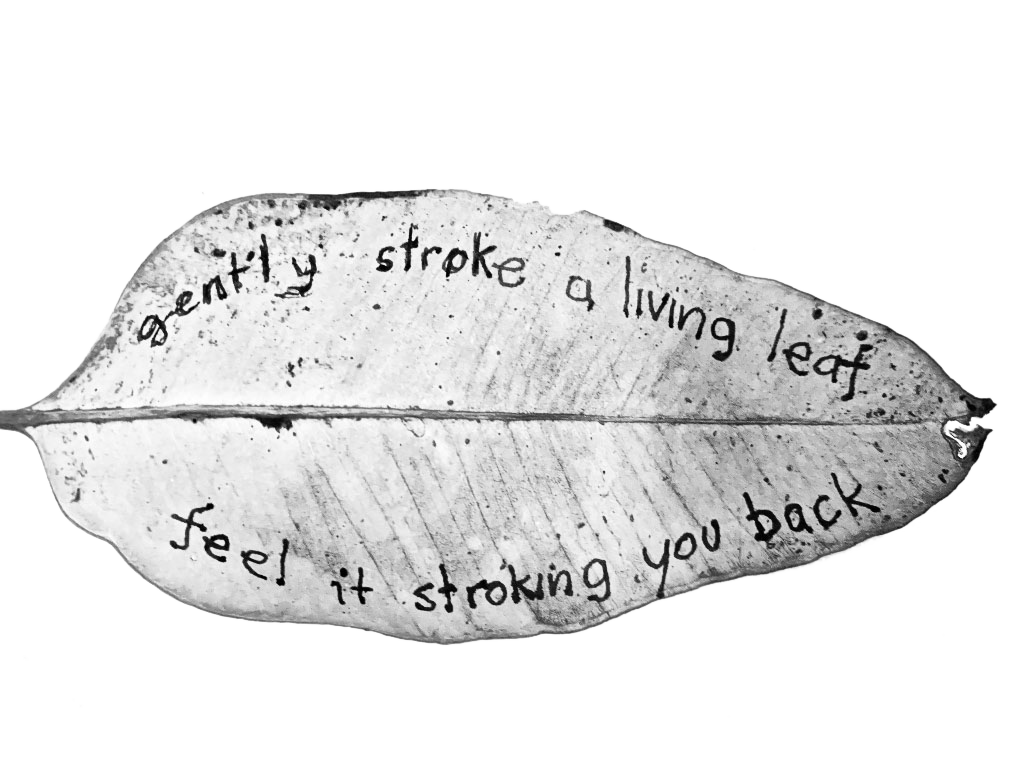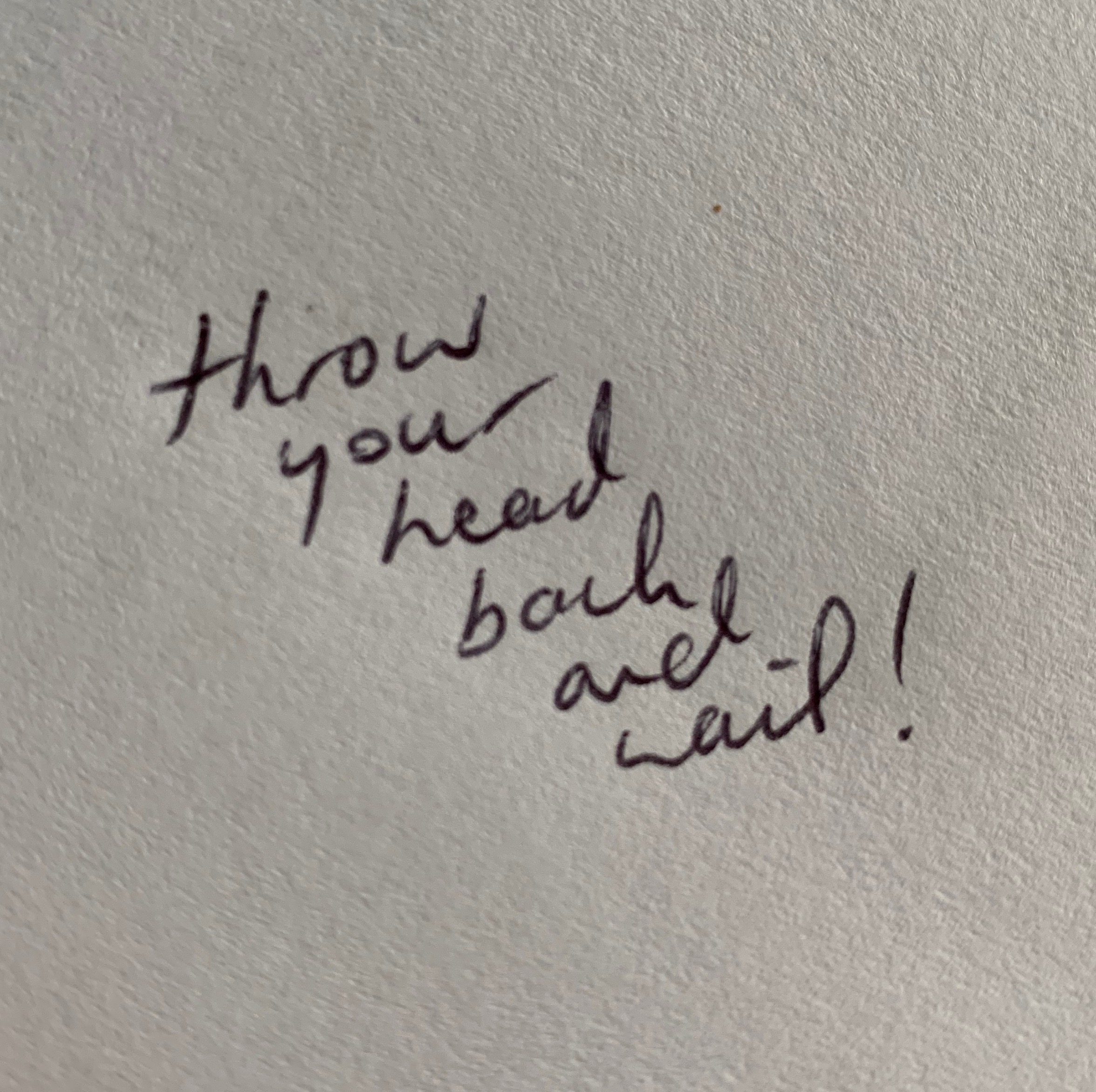

Welcome. Welcome. Welcome.
Uncle Charles Madden
Elder from Gadigal country
The premise is simple, the format short. The project doesn’t call for swathes of material or demand hours spent in studios—do it asks for a response, first from the artist in the form of an idea, second from the eventual (and endless) interpreter(s).
Emily Sullivan, Strange kitchen rituals, flickering images and wishing in earnest

In 1919, when Marcel Duchamp learned that his sister Suzanne had married the artist Jean Crotti in Paris, he sent as a wedding gift from Argentina the idea of the Readymade malheureux (Unhappy Readymade). He instructed them to hang a geometry book from their outdoor balcony so that its pages would be destroyed and its text would be erased by the elements.
Hans Ulrich Obrist, do it
Dear Hans Ulrich,
from John Kaldor date Tuesday, 7 April 2020 at 4:59 pm to Hans Ulrich Obrist subject Re: DO IT LETTER
Good to hear your voice!
It would be very exciting to create an Australian “Do It”,
I will discuss the idea with my team and will come back to you.
Stay Safe!
Warm regards, John
John Kaldor, Foreword


The do it project in Australia is an invitation to artists to provide a set of simple instructions that generate an artwork: whether a thing, a performance, an intervention or anything else.
Hans Ulrich Obrist, do it


Today we’re going to perform IN CONTINUUM as a class of year 12 boys. We’ve set up a clear space in the classroom. We’ve got the blinds down, some people are lying on the floor. Some people have their eyes closed, some people are sitting up.


The decision to share and celebrate audience responses is unique to the Australian iteration of do it. More than an archive of instructions, our hope for do it (australia) was to be alert to the experience of the audience and their connection with artists. How do we produce intimacy—of bodies, of thought, of perspectives—whilst being apart?
Emily Sullivan, Strange kitchen rituals, flickering images and wishing in earnest



Water is ever-present where we live. Between the hill and the bay, water from the Orphan School Creek still flows. Decades ago, industries lined natural waterways where fishes once travelled upstream, and turned them into sewers and stormwater drains.
The beauty of this project is that while the instructions are given digitally, they are to be carried out in the physical world, taking the participants away from the screen.
John Kaldor, Foreword
In a time of global lockdown, Kaldor Public Art Project 36: do it (australia) invited audiences to follow an artist’s instructions, enter their world and realise an artwork of their own.
This catalogue takes the hundreds of extraordinary responses created by audiences at home and presents them as the final instalment of do it (australia).
The catalogue was edited by Monique Leslie Watkins and designed by Alexander Tanazefti.
do it (australia) was co-curated by Hans Ulrich Obrist and John Kaldor, with Emily Sullivan (Curator) and Monique Leslie Watkins.
Register to order a limited-edition do it (australia) print publication, coming soon.
Texts
- Foreword
John Kaldor - do it
Hans Ulrich Obrist - Strange kitchen rituals, flickering images and wishing in earnest
Emily Sullivan
Instructions
- Rafael Bonachela
- Lauren Brincat
- Megan Cope
- Brian Fuata
- Dale Harding
- Saskia Havekes
- Amrita Hepi
- Julia Jacklin
- Jonathan Jones
- Janet Laurence
- Ian Milliss
- Tracey Moffatt
- Glenn Murcutt
- Gerald Murnane
- nova Milne
- Khaled Sabsabi
- Latai Taumoepeau
- Thom van Dooren
Responses
Filter by artist


















































































































































































































































































Supporters
Presenting Partners
Major Project Partner
Lead Patrons
Philanthropic Partner
Government Partners
Education Supporter
Bloomberg Philanthropies is committed to supporting cultural institutions and empowering artists across the physical and digital worlds. Kaldor Public Art Projects is grateful to Bloomberg Philanthropies for its support of this project, the tenth commission generously supported by Bloomberg Philanthropies.
Kaldor Public Art Projects is proud that do it (australia) is supported by founding patrons The Balnaves Foundation and Naomi Milgrom Foundation. Their long-term support has allowed Kaldor Public Art Projects to continue through its 50th anniversary and beyond.
Our Government Partners Create NSW and City of Sydney continue to provide invaluable support.
Our learning program do it (homework) is supported by the Copyright Agency’s Cultural Fund.
